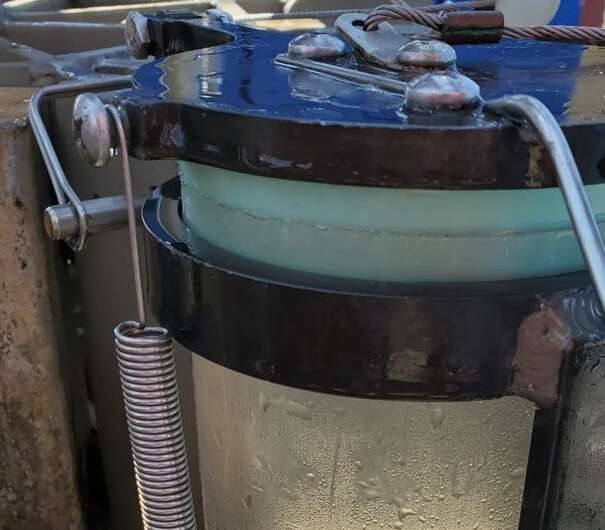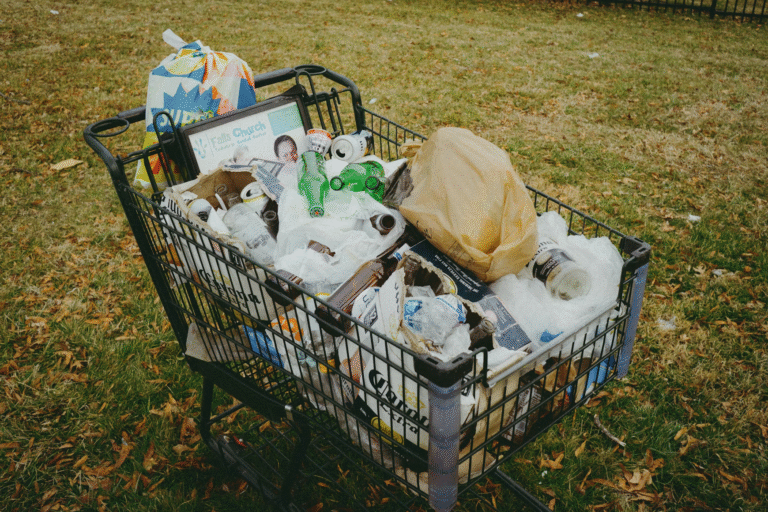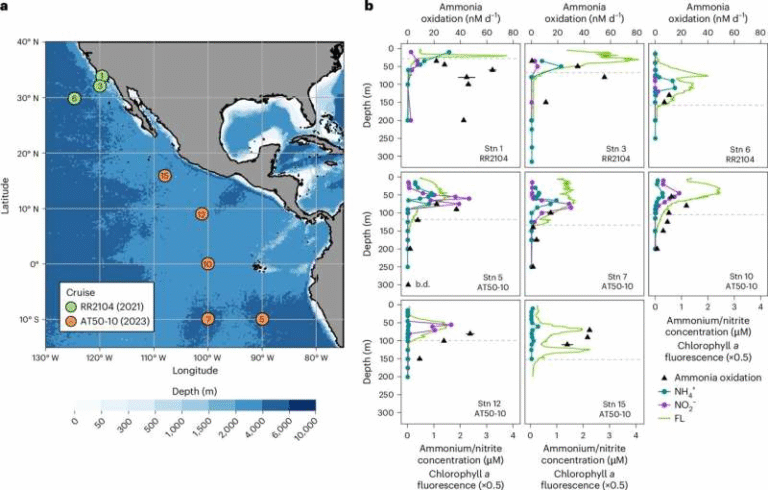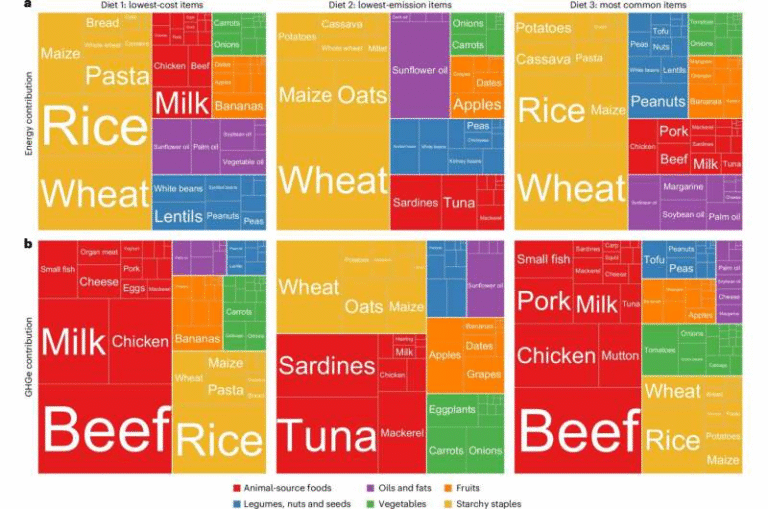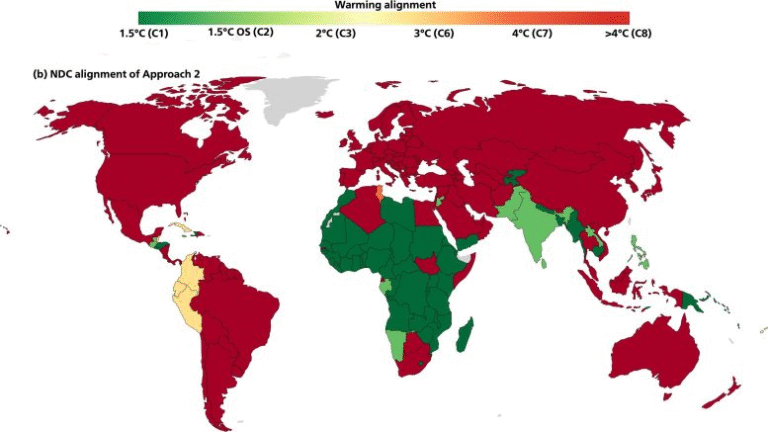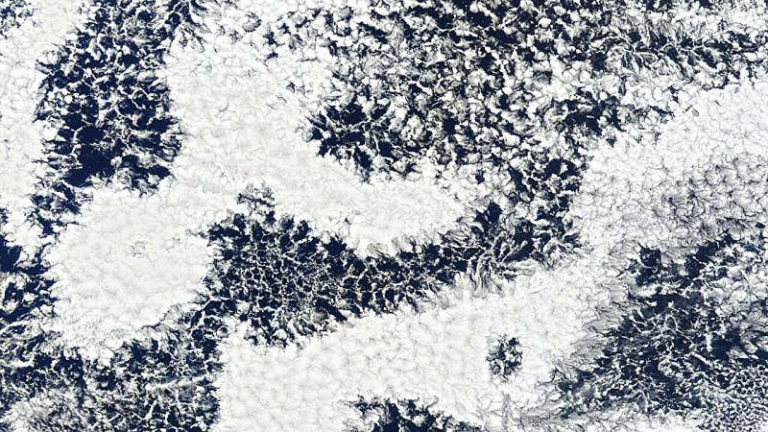Scientists Uncover the Cause and Consequences of Alaska’s Rivers Turning Orange
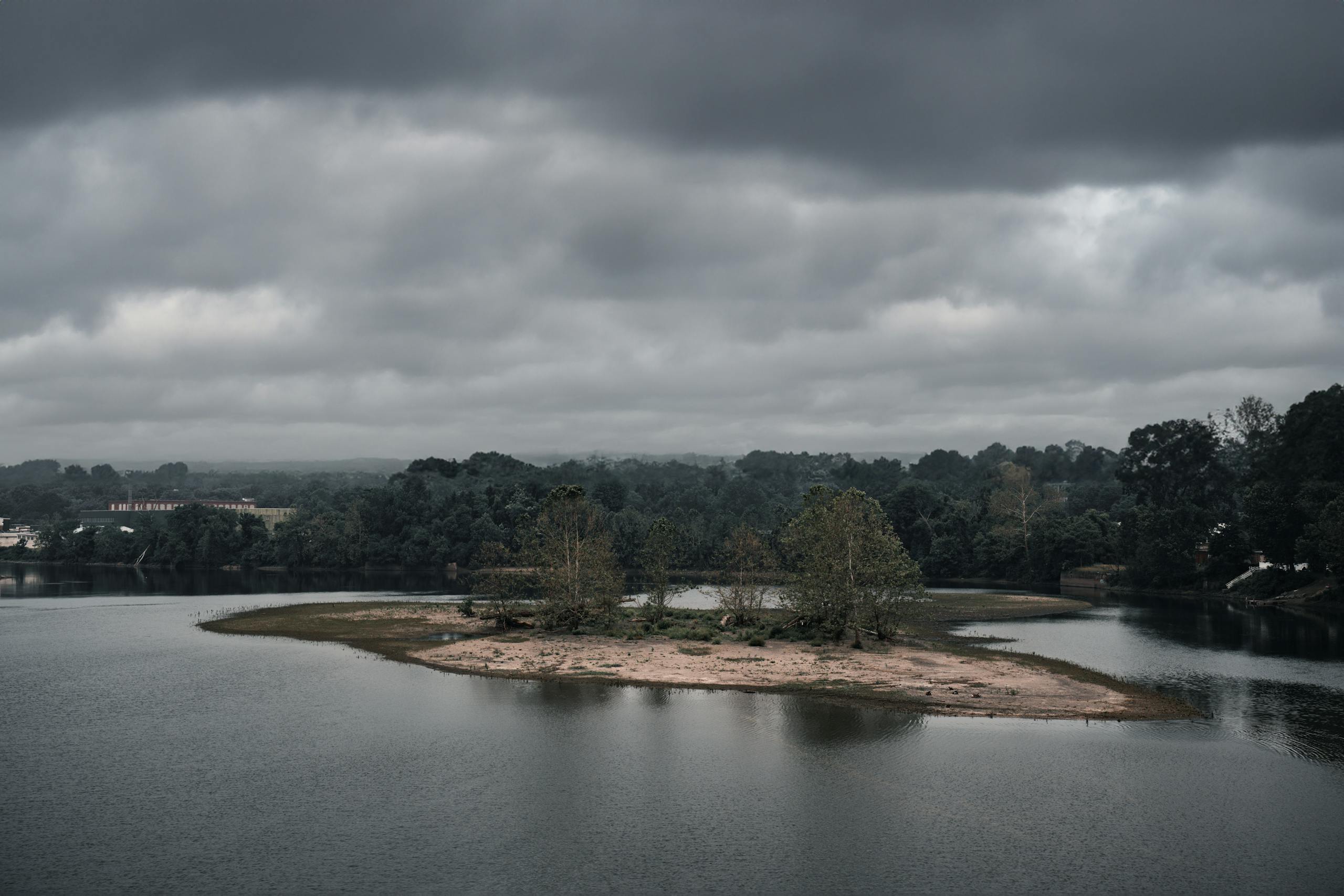
Across Alaska’s Brooks Range, rivers that were once crystal clear and even safe to drink from have suddenly transformed into murky, orange-colored waterways. This unsettling change has alarmed scientists, local communities, and ecologists alike. What’s happening here is not linked to industrial pollution or mining activity. Instead, the culprit lies in the rapidly thawing permafrost, a direct consequence of climate change.
This phenomenon is more than just a cosmetic shift in how the rivers look. The transformation is underpinned by profound geochemical changes that could threaten fish populations, food webs, and Indigenous communities that rely on these waters. Researchers recently published an in-depth study in the Proceedings of the National Academy of Sciences (PNAS), which highlights both the severity of the problem and its potential to spread across much of the Arctic.
The Strange Case of Orange Rivers
The most striking visual clue is the bright rust-like orange color. To the casual eye, it might look like industrial waste has been dumped into the rivers. But in reality, what’s happening is very similar to acid mine drainage, even though there is no mining nearby.
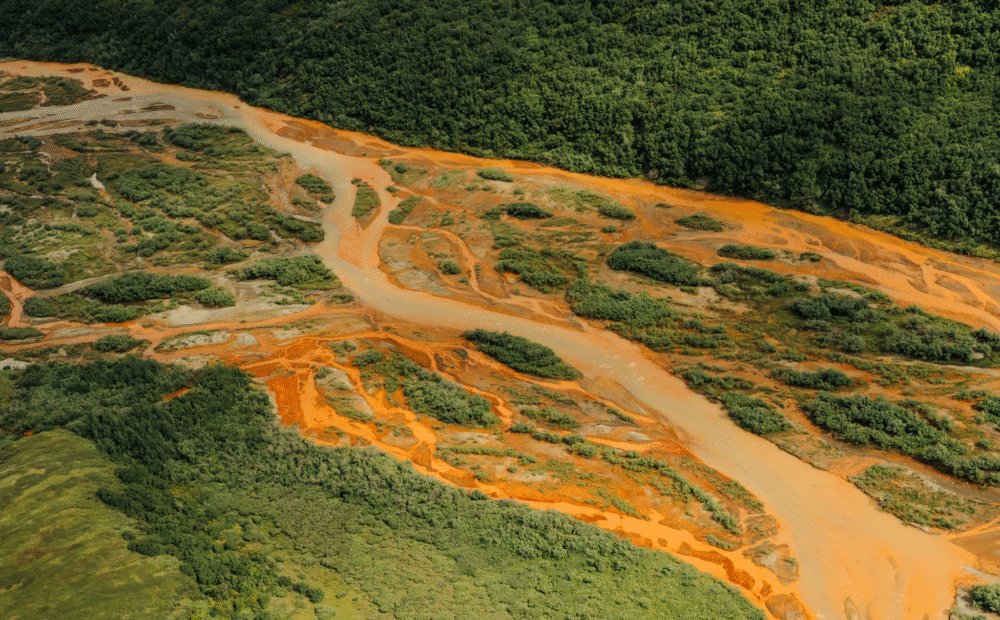
Here’s the chain of events:
- Permafrost, which has been frozen for thousands of years, is thawing as global temperatures rise.
- As the frozen soil melts, water and oxygen infiltrate previously untouched layers of the ground.
- These layers often contain sulfide-rich rocks such as pyrite. When exposed, they undergo oxidation.
- This oxidation produces sulfuric acid, which then dissolves metals naturally present in the rocks.
- Metals like iron, cadmium, aluminum, manganese, and zinc are released into rivers.
The dissolved iron is particularly visible. It precipitates into orange-colored compounds called iron oxyhydroxides, which give the rivers their rusty appearance. Scientists have described some of the waters as looking like orange soda or milky orange juice.
Adding to the problem, the rivers are becoming acidic. Some samples have shown pH levels as low as vinegar or lemon juice, making them highly inhospitable to aquatic life. Dissolved oxygen levels are also dropping, further stressing the ecosystem.
What the Study Revealed
The PNAS study, titled Wild, scenic, and toxic: Recent degradation of an iconic Arctic watershed with permafrost thaw, focused on the Salmon River watershed in the Brooks Range. This river, along with several of its tributaries, has undergone dramatic changes in just the past few years.
Key findings include:
- Metal concentrations in the river water have surpassed U.S. Environmental Protection Agency thresholds for aquatic life toxicity.
- The presence of cadmium is especially concerning, since it can accumulate in fish organs and work its way up the food chain to predators like birds and bears.
- Aluminum, manganese, and zinc levels are also higher than what would normally occur in pristine Arctic waters.
- The cloudy, iron-rich water is blocking sunlight from reaching riverbeds. This disrupts photosynthesis in aquatic plants and smothers insect larvae, which are critical food sources for fish.
One of the most worrying aspects is that these changes appear to be irreversible. Once permafrost thaws and the chemical reactions are set in motion, there’s no simple fix. Unlike acid mine drainage, where engineers can build treatment systems to neutralize water, these rivers are in remote landscapes with hundreds of natural contamination sources. The only true solution would be the re-freezing of permafrost, which is highly unlikely in a warming climate.
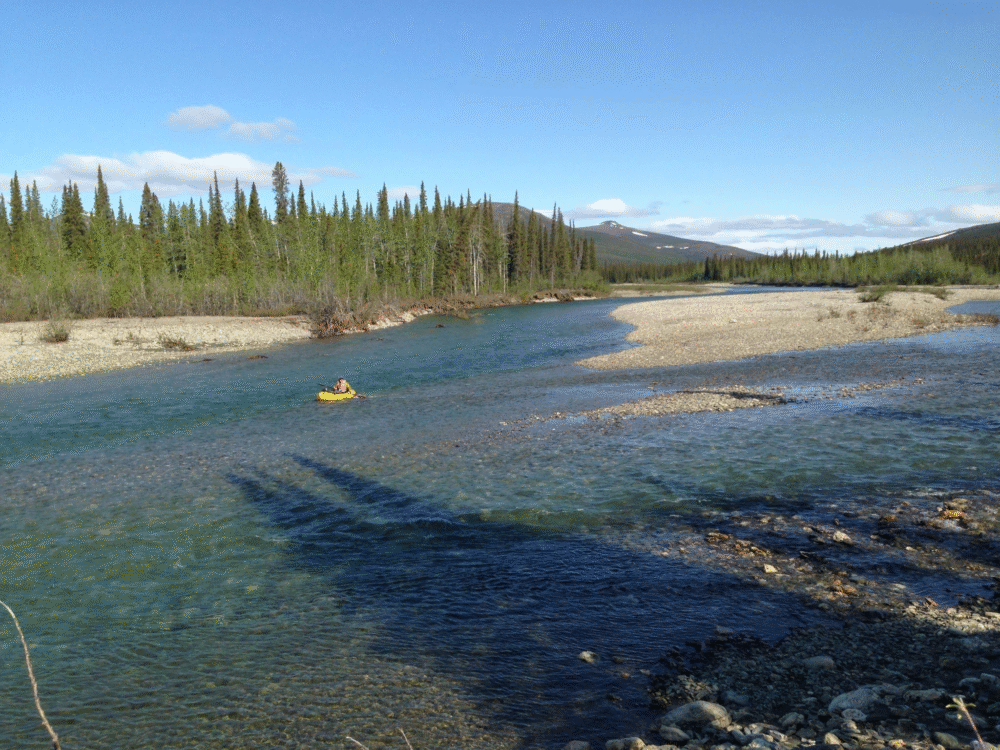
Impact on Fish and Wildlife
For communities and ecosystems, the implications are far-reaching. Several key species may be affected:
- Chum salmon, a vital species for Indigenous subsistence and local ecosystems, may struggle to spawn in gravel beds clogged with fine sediment and orange iron deposits.
- Arctic grayling and Dolly Varden trout face food shortages, as the insect larvae they rely on are smothered by sediment.
- The accumulation of metals like cadmium in fish organs can harm not just the fish themselves but also larger predators such as bears, eagles, and other birds.
While current levels of metals in fish tissue are not considered hazardous to humans, the long-term ecological shifts could indirectly affect food security for Indigenous communities. These rivers are more than scenic — they are lifelines for people, culture, and wildlife.
How Widespread Is This?
The Salmon River is not an isolated case. Scientists warn that dozens of watersheds across the Arctic could undergo similar transformations wherever sulfide-rich rocks are present beneath thawing permafrost.
Satellite imagery, combined with field observations, has shown that many Arctic rivers have already started displaying this rusty-orange color. The phenomenon is not only happening in Alaska but could extend into Canada, Siberia, and Greenland as permafrost melts in those regions.
NASA’s Earth Observatory has even documented “rusting rivers” from space, highlighting just how widespread and visible the problem has become.
Why This Matters Beyond Alaska
Although Alaska feels remote, the changes happening there are globally significant. The Arctic acts as a kind of early warning system for climate change. Permafrost thaw is already releasing vast amounts of carbon dioxide and methane, which contribute to further global warming. Now, the thaw is also releasing toxic metals, creating a new class of environmental challenges.
The fact that these shifts are happening in places with no human disturbance underscores the scale of climate-driven change. It shows that even the most untouched, wild rivers are not safe from the impacts of a warming planet.
What Can Be Done?
Unfortunately, the outlook is grim. Unlike human-caused contamination events such as mining spills, there’s no practical way to contain or reverse permafrost-driven acid drainage. Once sulfide rocks are exposed and reactions begin, they will continue indefinitely.
The researchers suggest two main paths forward:
- Monitoring and anticipation: Developing systems to track changes in river chemistry so communities and managers can prepare for potential impacts.
- Adaptation: Helping Indigenous communities and wildlife managers adjust to ecological shifts, such as changing fish populations.
The study was funded by the National Science Foundation’s Rapid Response program, underlining just how urgent the issue has become.
Understanding Permafrost and Its Role
To fully appreciate this problem, it helps to know what permafrost is.
- Definition: Permafrost is ground that remains frozen for at least two consecutive years. In Arctic regions, it can extend hundreds of meters deep.
- Composition: It contains soil, rock, ice, and often ancient organic matter. In some cases, it has preserved plant material, animal remains, and even entire woolly mammoths for thousands of years.
- Why It Matters: Permafrost stores huge amounts of carbon, roughly 1.5 trillion metric tons — almost double the carbon currently in the atmosphere. When it thaws, it releases carbon dioxide and methane, accelerating climate change.
The new discovery about toxic metals adds yet another dimension. Not only does thawing permafrost release greenhouse gases, but it can also reshape entire river ecosystems.
Other Places Where Similar Changes Occur
The situation in Alaska mirrors issues seen in other parts of the world:
- In Canada’s Northwest Territories, thawing permafrost has triggered retrogressive thaw slumps, where hillsides collapse, releasing sediment and metals into rivers.
- In Siberia, massive permafrost thaw has destabilized infrastructure and polluted waterways.
- Even in high-altitude mountain ranges like the Himalayas, thawing glaciers and permafrost can expose sulfide-rich rock, leading to acidic drainage.
These examples highlight that Alaska’s orange rivers are part of a much larger global story.
Looking Ahead
The orange rivers of Alaska are a striking reminder of how climate change manifests in ways few people anticipate. While melting ice caps and rising seas are widely discussed, the hidden chemistry beneath frozen ground is less understood but equally critical.
This isn’t just about rivers changing color. It’s about the collapse of ecological stability in some of the most pristine environments on Earth. From fish populations to Indigenous food systems, the ripple effects could be profound and long-lasting.
Scientists are clear: once this process begins, it cannot be reversed on human timescales. It is one of many irreversible shifts driven by a warming planet.
Reference
Research Paper: Wild, scenic, and toxic: Recent degradation of an iconic Arctic watershed with permafrost thaw (PNAS, 2025)
